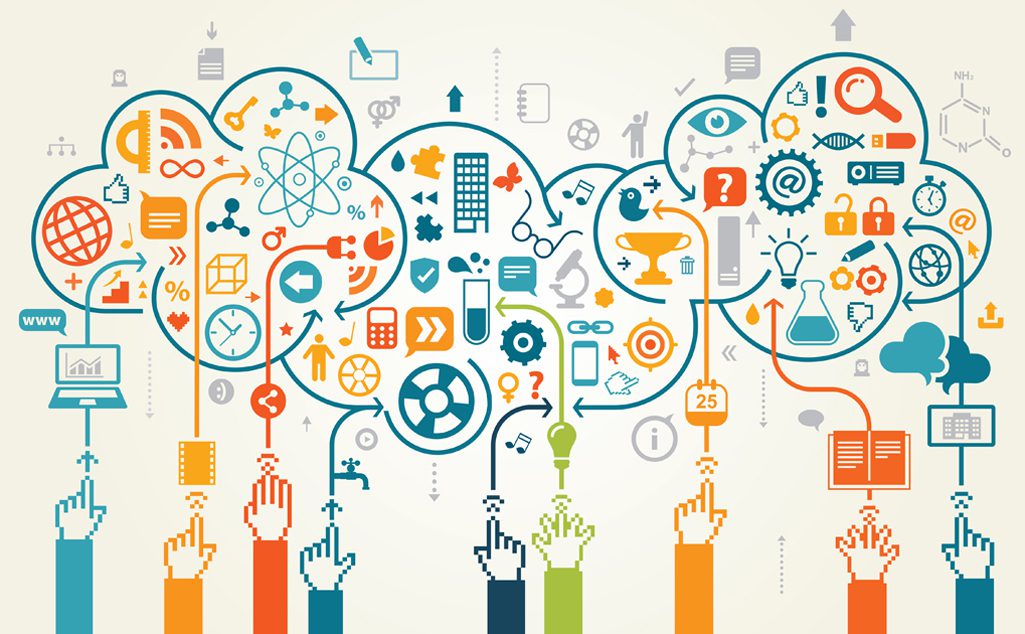There’s a reason consumer-facing companies have been struggling to know what to do with the Internet of Things. It’s certainly not for lack of hearing about it — we hear about dozens of new bright, shiny [connected] objects every day, it seems. Instead, the challenge is making sense of IoT — what it is, what it isn’t, and what its true potential is. What has mystified digital and brand strategists is how, where, and when to apply IoT to their consumer-facing programs. My new research reveals five definitive use cases illustrating how companies can use sensors to enhance customer experience.
Use cases embody the potential for mutual value between brand and consumer
One of the most interesting findings of our research is that IoT enables the potential for a win-win between companies and their customers. Simply by existing, sensors emit a data stream, which introduces context to the “things” (e.g., objects, devices, places) to which they are attached. When handled safely and depicted accessibly, this data offer both brands and consumers greater visibility, which can inform action.
Reward
In IoT, this happens in the form of promotion, gamification, or entertainment. The value for the brand is the customer interaction that results from the offering of an incentive (e.g., monetary, promotion, points, content, aesthetic, etc.) which is informed by data generated online and/or offline to drive customer interaction. The value add for us consumers? The brand rewards us for our interaction (e.g., time, loyalty, purchase, location, product/service use, behavior, etc.). A simple example of this is a shopper receiving a location and/or loyalty-based promotion after passing by an in-store beacon. Other retailers, like Walgreens, are experimenting with gamifying entire stores to simultaneously drive loyalty and sales.
Information and decision-making
This is about delivering the right content to aid in evaluation, navigation, monitoring, even news functions, at just the right time. The value for brands is relevance and efficiency — leveraging content (they’re already creating for web-based channels) to assist customers in decision-making. As for consumers, the brand helps facilitate informed decisions by providing contextually relevant information precisely when we need it. Retailers are using sensors and data integrations to guide shoppers towards finalizing purchases by providing helpful content for [in-store] product comparison. Once purchased the ability to monitor “things”– from our fitness to our pets to our crockpots — is another form of information sensors create.
Facilitation
IoT is about enabling action — such as a transaction, authentication, conversion, or any other product-based exchange between brand and consumer. The value for brands is streamlining the architecture for brand-consumer interaction in a physical environment. The value for consumers is the ability to access, acquire or accomplish what we need with ease, just when we need it. Facilitation can be through simple mobile or Near Field Communications (NFC)-enabled payment, for instance, but also any manner enabling action, such as using a mobile app to remotely close the garage door, feed the dog, or turn on the crockpot.
Service
Identify gaps, issues, or opportunities to either react more effectively in real time or proactively suggest, service, or resolve before customers realize they have a problem. Companies benefit from connecting product, service, and customer data because visibility into these elements informs support, sales, and other service opportunities more quickly, even preemptively. The value to consumers is less hassle and a better connected, or even “invisible,” service experience. For example, connected car manufacturer, Tesla delivered a 45-minute software update to more than 29,000 vehicles to resolve a recall for overheating wall chargers.
Innovation
IoT is about leveraging feedback to drive customization and more rapid optimization of products and services. For brands, insights via real-time or rapid feedback mechanisms inform and enable more efficient product development and design. Consumers feel more valued as their feedback is heard and implemented more rapidly, improving the overall experience for the individual. Connected products and consumer data enable manufacturers to deploy real-time or rapid feedback mechanisms to inform and enable product and service development, design, or customization.
Brands must start small, but plan for a holistic approach
While understanding individual use cases and sub-use cases helps brands shape their own approaches within consumer-facing IoT, the real potential and richness in the customer experience results from combining multiple use cases. However, this doesn’t happen overnight; brands must begin with tightly scoped and measurable pilots that serve clear objectives. Altimeter’s research report outlines four key steps for how brands get started, using IoT to differentiate their customer experiences… lest they be disrupted. You can download this research at no cost here.
—
This post was originally posted on iMedia.com on March 10, 2015 and can be found here.


